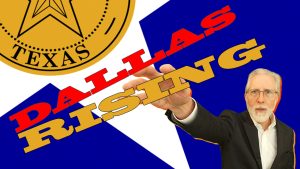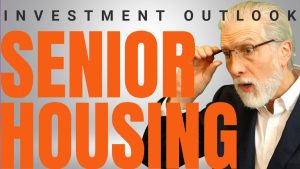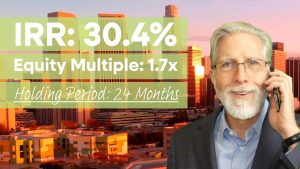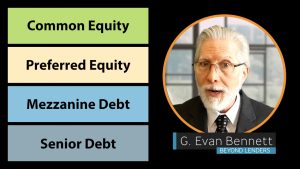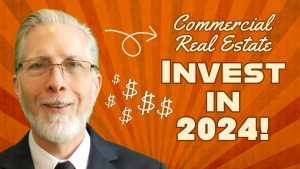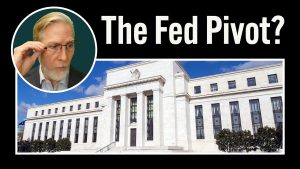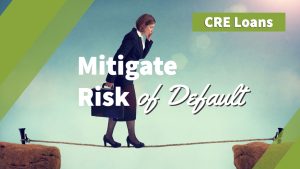Takeaways
- US reaches its debt ceiling and risks default.
- Original intent of debt ceiling has been replaced by brinkmanship.
- Impacts of default on the economy would be devestating.
Political brinkmanship has brought us right up to the precipice of financial calamity. We’re all hoping that congress will come through at the last moment, just like they always do, with a resolution to the self-inflicted crisis of the debt ceiling. But what if that didn’t happen? What if we finally reach a tipping point, if not this time, then sometime soon, when political ideologues and partisan media and platforms have so divided our country that politicians, following the lead of their constituents, dug in their heels, and refused to compromise? Let’s consider the ramifications of such behavior.
What Is the Debt Ceiling?
But, before we do that, let’s quickly lay the groundwork for our discussion. What exactly is the purpose of the debt ceiling? Simply put, the debt ceiling, at least in its original intent, was meant to force congress to be fiscally disciplined. Congress makes laws that create financial commitments, and we’re not just talking about laws made in the present. Financial commitments that result from laws made in the past are ongoing. These laws may have been made at the urging of the president in power at the time, but the commitments can extend well beyond a president’s term.
Each year, congress creates a budget that reflects all of the federal government’s revenues and expenditures. To be clear, revenues in this case means taxes. If logic ruled the day, each year congress would either have to raise taxes or cut expenditures sufficiently to avoid a budget deficit. Of course, logic hasn’t ruled the day for a long time.
As a matter of course, at least for a long time now, the federal government has needed to borrow money to pay its bills. This is where the debt ceiling comes into play. It establishes a limit on how much the federal government can borrow to pay its bills. In theory, it’s a mechanism for keeping the budget deficit manageable. In reality, it’s highly disruptive to the entire process, often used as a political weapon of sorts.
We All Have to Pay Our Bills
If I didn’t pay my bills, I would be in default. You too. Any of us. Just In the same way, if the federal government didn’t pay its bills, it would be in default. The difference here is that default for you or me wouldn’t likely amount to much outside of the impact to us personally and the impact to our families. If the federal government defaulted on its commitments, however, the impact would be calamitous and felt around the world. So much so, every time congress puts on this dog and pony show, it’s like they’re playing Russian roulette, except they’re putting the gun against our heads instead of theirs. Do you think I’m exaggerating? Alright, let’s consider what might happen.
Risk-Free Rate of Return Informs All Investments
U.S. Treasuries have historically served as benchmarks for safe assets. Investors demand returns that are commensurate with risk. That’s why the return on junk bonds is typically higher than the return on Treasuries. It’s more likely that the issuer of a junk bond is going to default. Since Treasuries are backed by the full faith and credit of the U.S. government, they’ve always been considered free of default risk. As such, yields on Treasuries represent risk-free rates of returns, while the yields on any other investment should be higher because there’s some degree of risk. At least, that’s the way it’s supposed to work. If the federal government ever defaulted, all of that would go out the window.
It would likely cause severe disruptions in global financial markets as investors lost confidence in Treasuries. Keep in mind that approximately a third of all treasuries are currently owned by foreign investors. If the U.S. government couldn’t meet its financial obligations, demand for Treasuries would plummet. Plus, investors who are still willing to buy Treasuries would of course expect higher returns to compensate for the increased risk. That would make it extremely difficult and much more expensive for the U.S. government to borrow money in the future. Not only would this lead to higher interest costs on the national debt, but it would also greatly exacerbate the already monumental challenge of reducing the budget deficit.
Significant Impact on the Economy
That’s what would happen to the government’s budget. So, what about yours and mine? The interest rates businesses and consumers pay on lines of credit, mortgages, car loans, credit cards, all of it, are based on treasury yields. If those yields went up as a result of national default, the interest rates that all of us pay on the loans needed to manage our businesses and households would go up as well. Banks and other financial institutions would also likely turn more cautious in extending credit. If borrowing cost are going up while business revenue and personal income at beast remain unchanged, banks aren’t going to loan you as much money.
Consider for a moment how this would impact the economy. Higher borrowing costs would make it more expensive for businesses to invest in and expand their operations, leading to reduced economic activity. Stock markets would likely experience significant declines due to lower revenue forecasts and unemployment would spike as companies laid off workers to cut costs. Going hand in hand with that, consumer confidence and spending would take a tremendous hit. The economy would go into a significant recession on declines in real GDP that would be long-lasting.
The Worst-Case Scenario
In a recent white paper published by Moody’s Analytics, they postulate that the worst-case scenario of a prolonged default would see a decline in real GDP of 4%, which would cost the economy more than 7 million jobs and push the unemployment rate above 8%. They estimate that stock prices would fall by almost a fifth at the worst of the sell-off, wiping out over 10 trillion dollars in household wealth. As far as borrowing costs go, they conclude that Treasury yields, mortgage rates, and other consumer and corporate borrowing rates would initially spike, until the debt limit is resolved, decline during the subsequent deep recession, but ultimately remain elevated as investors demand compensation for the risk of a future breach.
All of this, just so a bunch of politicians can puff up their chests and create sound bites to use in advertisements for their next election campaign.



